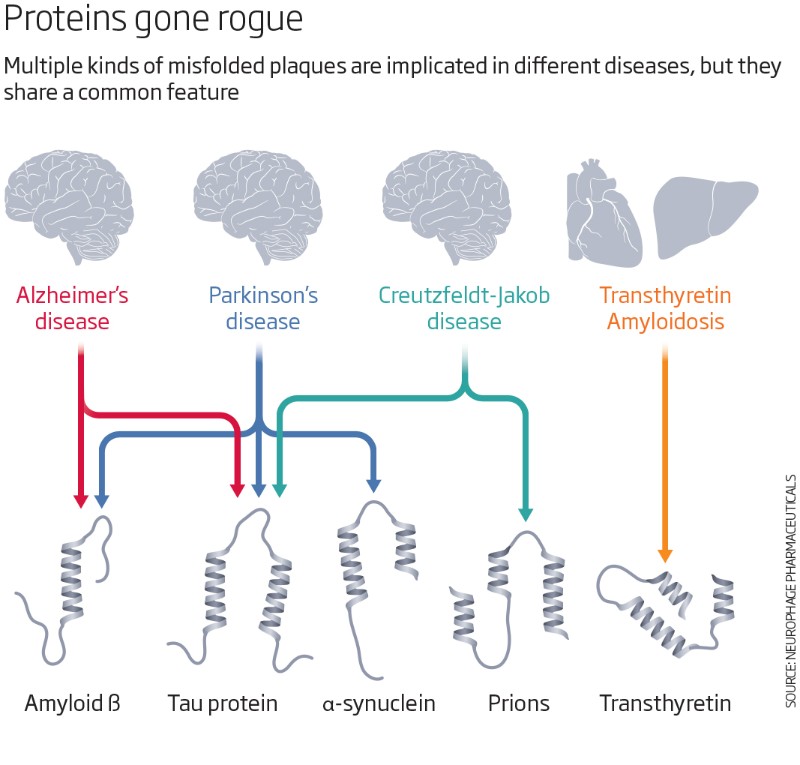Almost all of our hard data on race comes from sociology programs in universities – ie the most liberal departments in the most liberal institutions in the country. Most of these sociology departments have an explicit mission statement of existing to fight racism. Many sociologists studying race will tell you quite openly that they went into the field – which is not especially high-paying or prestigious – in order to help crusade against the evil of racism.
Imagine a Pfizer laboratory whose mission statement was to prove Pfizer drugs had no side effects, and whose staff all went into pharmacology specifically to help crusade against the evil of believing Pfizer’s drugs have side effects. Imagine that this laboratory hands you their study showing that the latest Pfizer drug has zero side effects, c’mon, trust us! Is there any way you’re taking that drug?
We know that a lot of medical research, especially medical research by drug companies, turns up the wrong answer simply through the file-drawer effect. That is, studies that turn up an exciting result everyone wants to hear get published, and studies that turn up a disappointing result don’t – either because the scientist never submits it to the journals, or because the journal doesn’t want to publish it. If this happens all the time in medical research despite growing safeguards to prevent it, how often do you think it happens in sociological research?
Do you think the average sociologist selects the study design most likely to turn up evidence of racist beliefs being correct, or the study design most likely to turn up the opposite? If despite her best efforts a study does turn up evidence of racist beliefs being correct, do you think she’s going to submit it to a major journal with her name on it for everyone to see? And if by some bizarre chance she does submit it, do you think the International Journal Of We Hate Racism So We Publish Studies Proving How Dumb Racists Are is going to cheerfully include it in their next edition?
And so when people triumphantly say “Modern science has completely disproven racism, there’s not a shred of evidence in support of it”, we should consider that exactly the same level of proof as the guy from 1900 who said “Modern science has completely proven racism, there’s not a shred of evidence against it”. The field is still just made of people pushing their own dogmatic opinions and calling them science; only the dogma has changed.
And although Reactionaries love to talk about race, in the end race is nothing more than a particularly strong and obvious taboo. There are taboos in history, too, and in economics, and in political science, and although they’re less obvious and interesting they still mean you need this same skepticism when parsing results from these fields. “But every legitimate scientist disagrees with this particular Reactionary belief!” should be said with the same intonation as “But every legitimate archbishop disagrees with this particular heresy.”
This is not intended as a proof that racism is correct, or even as the slightest shred of evidence for that hypothesis (although a lot of Reactionaries are, in fact, racist as heck). No doubt the Spanish Inquisition found a couple of real Satanists, and probably some genuine murderers and rapists got sent to Siberia. Sometimes, once in a blue moon, a government will even censor an idea that happens to be false. But it’s still useful to know when something is being censored, so you don’t actually think the absence of evidence for one side of the story is evidence of anything other than people on that side being smart enough to keep their mouths shut.
Scott Alexander, “Reactionary Philosophy In An Enormous, Planet-Sized Nutshell”, Slate Star Codex, 2013-03-03.





